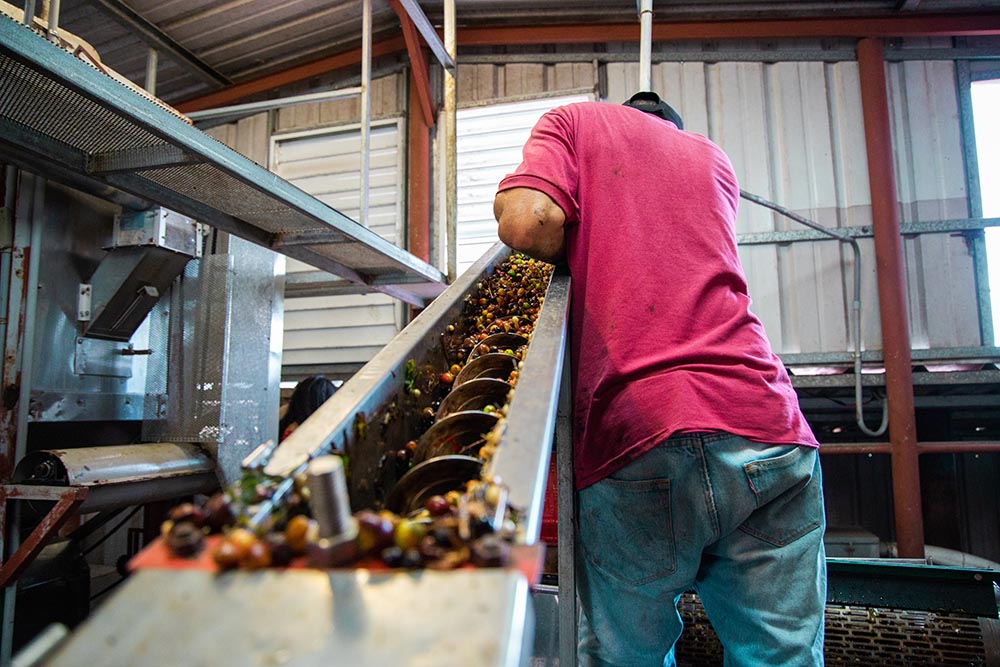The world of specialty coffee is no longer limited to the three main processing methods: washed, natural, and honey. In recent years, innovative techniques have emerged, pushing the boundaries of flavor and pushing coffee enthusiasts to expand their knowledge beyond the basics.
Why Process Coffee?
Coffee cherries are multi-layered fruits, with the actual bean encased within layers of pulp, parchment, and silverskin. Processing removes these layers, revealing the coffee bean and preparing it for drying. However, the processing method significantly impacts the final cup, as these layers hold various flavor precursors.

Traditional Processing Methods: A Quick Recap
- Natural: The oldest method, drying the entire cherry first, followed by removing the layers. This method, often used in Ethiopia and Yemen, results in coffees with high sweetness, fruity notes, and a rich body.
- Washed: The dominant method, removing the pulp before fermentation and drying. This results in cleaner, brighter coffees with higher acidity and a lighter body, popular in Africa and Latin America.
- Honey: A middle ground, separating the pulp but not washing the beans. The remaining mucilage layer impacts the sweetness and acidity, creating a spectrum of flavors based on the amount left on the bean.
Modern Methods: Exploring the Cutting Edge
- Anaerobic Fermentation: Popular in Central America, this method involves placing depulped beans in airtight tanks with the remaining pulp. Oxygen is removed, and the beans ferment under pressure, allowing flavor compounds from the pulp to migrate into the beans. This results in coffees with a creamy texture, complex acidity, and unique notes like cinnamon and flowers.
- Lactic Fermentation: Developed in Colombia, this method uses specific lactic acid bacteria cultures to ferment the pulp under anaerobic conditions. These bacteria produce lactic acid, impacting the flavor profile. The result? Coffees with distinct fruity notes, milky characteristics, pronounced acidity, and complex aromas and flavors.
- Carbonic Maceration: Inspired by winemaking, this method uses whole cherries placed in airtight tanks. Carbon dioxide is introduced, displacing oxygen and promoting the migration of tannins and anthocyanins from the fruit into the bean. This results in coffees with unique flavors like ripe berries, banana, or even bubblegum, depending on the processing choices made after this step.

A World of Flavor Awaits
These are just a few examples of modern coffee processing methods. As the industry continues to innovate, new techniques and discoveries are sure to emerge. For coffee enthusiasts, this translates into a wider range of exciting flavors to explore, pushing the boundaries of what a cup of coffee can be. So, the next time you encounter a specialty coffee, delve deeper and ask about its processing method. You might just discover your new favorite cup.
